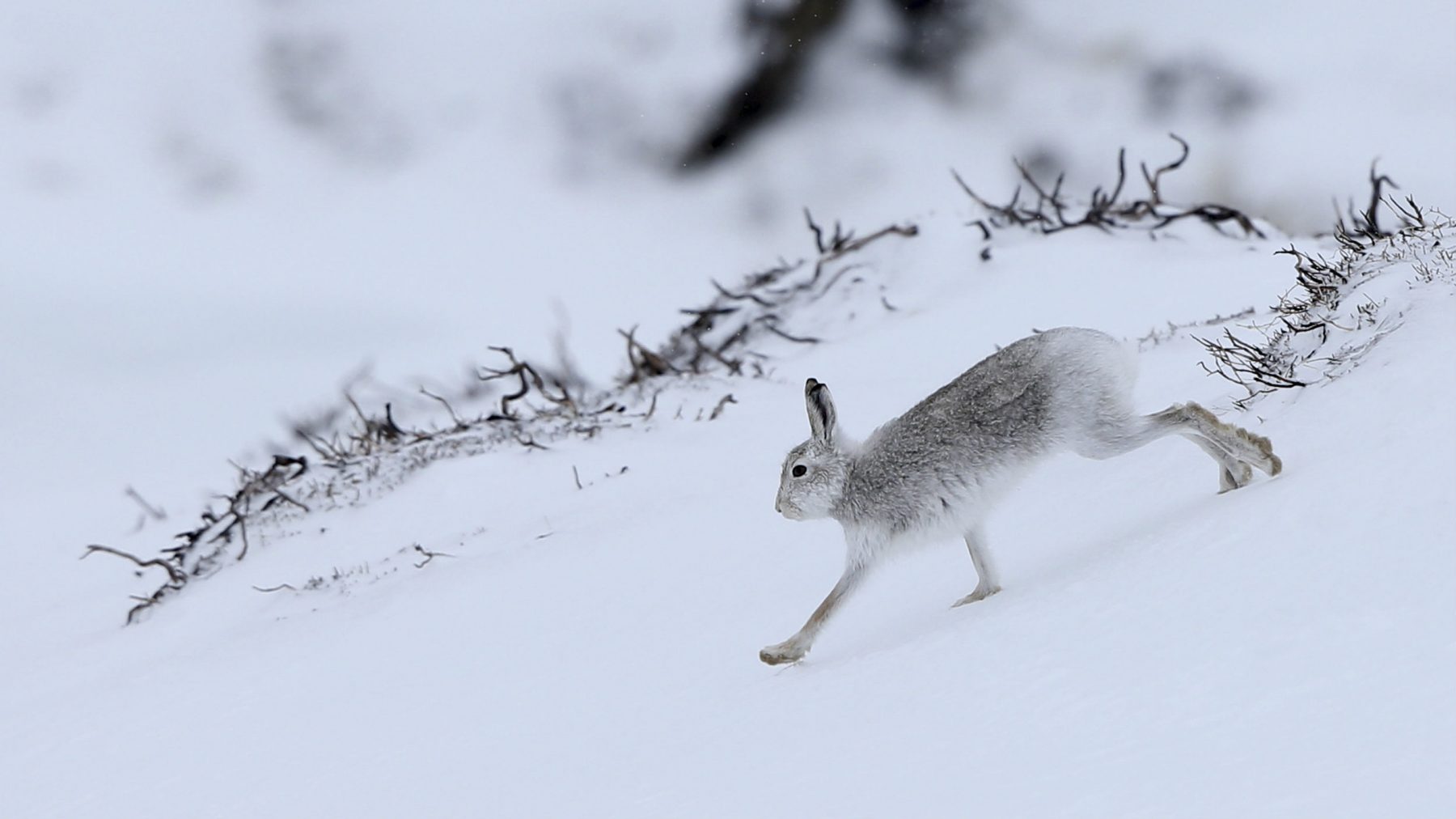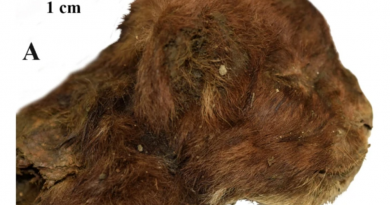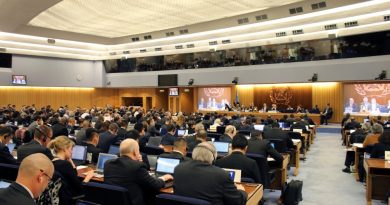River ice and white hares: Finnish scientists study signs of climate change in nature

As the climate warms, researchers from groups such as the Natural Resources Institute Finland (Luke) are able to detect trends visible in the way natural habitats are reacting to rising temperatures. Scientists say the methods give a revealing picture of the real-world effects of climate change.
The latest statistics on the mountain hare (or blue hare) population of Finland, for instance, show that the species’ numbers are plummeting while the European (or brown) hare is thriving, especially in southern parts of the country.
Some hare species dwindle, others thrive
Researcher Riikka Levänen from the University of Eastern Finland says the findings are significant due to the relationship the creatures have with their surroundings.
Warmer winters mean less snow, but mountain hare fur turns white every year regardless, based on the amount of light in their habitats. Brown hares don’t do this, hence their name, and are better at moving in areas without snow.

“Mountain hares with their winter pelage are like white exclamation marks for predators in snowless terrain,” Levänen said.
Natural Resource Institute data from a 30-year period have helped researchers to rule out predators and hunting as the main causes for the mountain hare population crash, according to Luke researcher Markus Melin.
“Some populations around Oulu have halved in three decades,” he says.
The two hare species share their habitats in part, even though blue hares prefer the forest and brown hares don’t mind human vicinities. When they mate, a hybrid species emerges after a second generation with traits that help the brown hare survive further and further north.
The history of a river’s freezing
Flowing and freezing water is another seasonal indicator of how climate trends are changing. Data gathered by researchers at Åbo Akademi University in Turku collected annual measurements made for nearly the past three centuries show that the River Aura’s annual ice break-up has been coming earlier and earlier.
In the year 1749, Professor Johan Leche began recording when the Aura’s ice thawed each spring. Now, 270 years later, researcher Stefan Norrgård has collected and analysed those records.
He found that the Aura’s ice breakup now occurs 16 days earlier than it did a century ago, and later thaws no longer happen at all.

Norrgård said that the river remained frozen all winter at least once every decade since the records were kept – until 1880.
“That was the last year that happened,” Norrgård says. “And in 2008, for the first time ever, the river didn’t freeze over at all. The change in one century has been massive.”
He said charting the differences in ice breakup can offer even more accurate measurements of the consequences of climate change than thermometers.
“Devices change places and measurement methods change over time, but the ice is always there to be seen – or not.”
Very few rivers in the world have had their ice histories examined as thoroughly as the Aura, which flows right through the centre of Finland’s former capital. In terms of ice breakup, the Aura is the third-most studied river in the world. Ice measurements of the River Tornio in southwest Lapland date back even further, with figures reaching back to the 17th century.
Many international studies have utilised the Tornio measurements for their unique perspective on climate change. Norrgård says he hopes the Aura research will prove equally useful.
Related stories from around the North:
Canada: Traditional knowledge guiding caribou management plan in Canada’s western Arctic, CBC News
Finland: Report lists hundreds more species as endangered in Finland, Yle News
Norway: Urgent action needed to protect Arctic Ocean, WWF says, The Independent Barents Observer
Russia: Authorities in northwest Russia move to protect wild reindeer, The Independent Barents Observer
Sweden: Poachers suspected behind dwindling wolf numbers in Sweden, Eye on the Arctic
United States: Communities wrestle with shark-bite mystery off Alaskan coast, Eye on the Arctic



